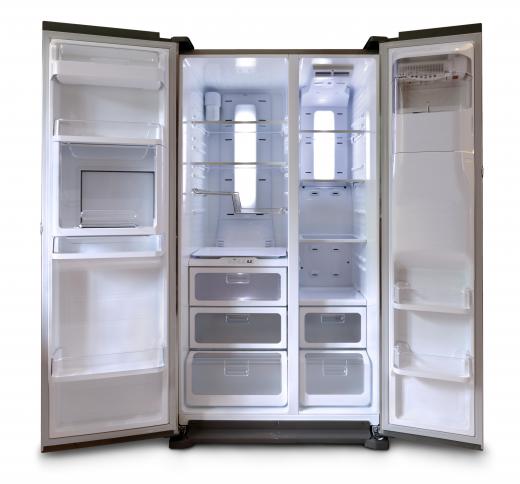As one of the best examples of thermoplastic rubber on the market today, Santoprene® is used in a number of applications. It is a thermoplastic compound that is processed in much the same way as any type of plastic. The difference is that Santoprene® possesses the same levels of flexibility and durability that are commonly found with natural rubber compounds. Because of its longer life in both extreme hot and cold environments, the material is often preferred over the use of rubber.
Santoprene® can be processed in a variety of ways. The abrasive resistant material can be blow molded, teleformed, or injection molded with great ease. Along with the fact that the material is so easy and cost efficient to produce, it also can be recycled. After products made with it have seen better days, the same material can be reprocessed and molded into new products. The impact of this easily recycled plastic on our environment is thus not only positive, but may also help eliminate even more unwanted items ending up in landfills.

Around the house, Santoprene® products are often found helping to insulate appliances and other area. Pump gaskets, hose connectors, weather stripping for windows and doors and closure seals on ovens and refrigerators are often made from this plastic. The same is true for a number of the sporting goods that our children play with each day. Grips on baseball bats and insulated handle bar covers for bicycles made with Santoprene® are common today. For more adult sport pastimes, it is often used for skin diving equipment, wet suits, ski pole handles, and the grips on tennis racquets.

When it comes to industrial applications, Santoprene® is often found on all sorts of tool grips, as well as caster wheels, textile industrial rollers on carding and spinning equipment, gaskets for machinery. Around the office, it may show up as the cushion on the bottom of computer monitors, vibration isolators that slide under speaker phones, and printer rollers.

The automotive industry accounts for the use of a great deal of products made from this plastic. Among them are various types of boots, the lining in air ducts, covers for cables under the hood, windshield spacers, and air bag doors. The typical vehicle today will be outfitted with plenty of Santoprene® items that will probably last as long as the fiberglass and metal shell of the car.

As an easily recyclable product, Santoprene® has the reputation of being strong as well as a great way to make better use of available resources. With so many uses already in place, it is only a matter of time before more applications are developed.

